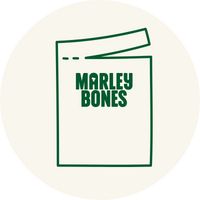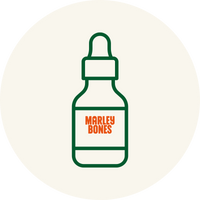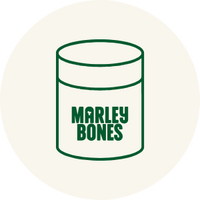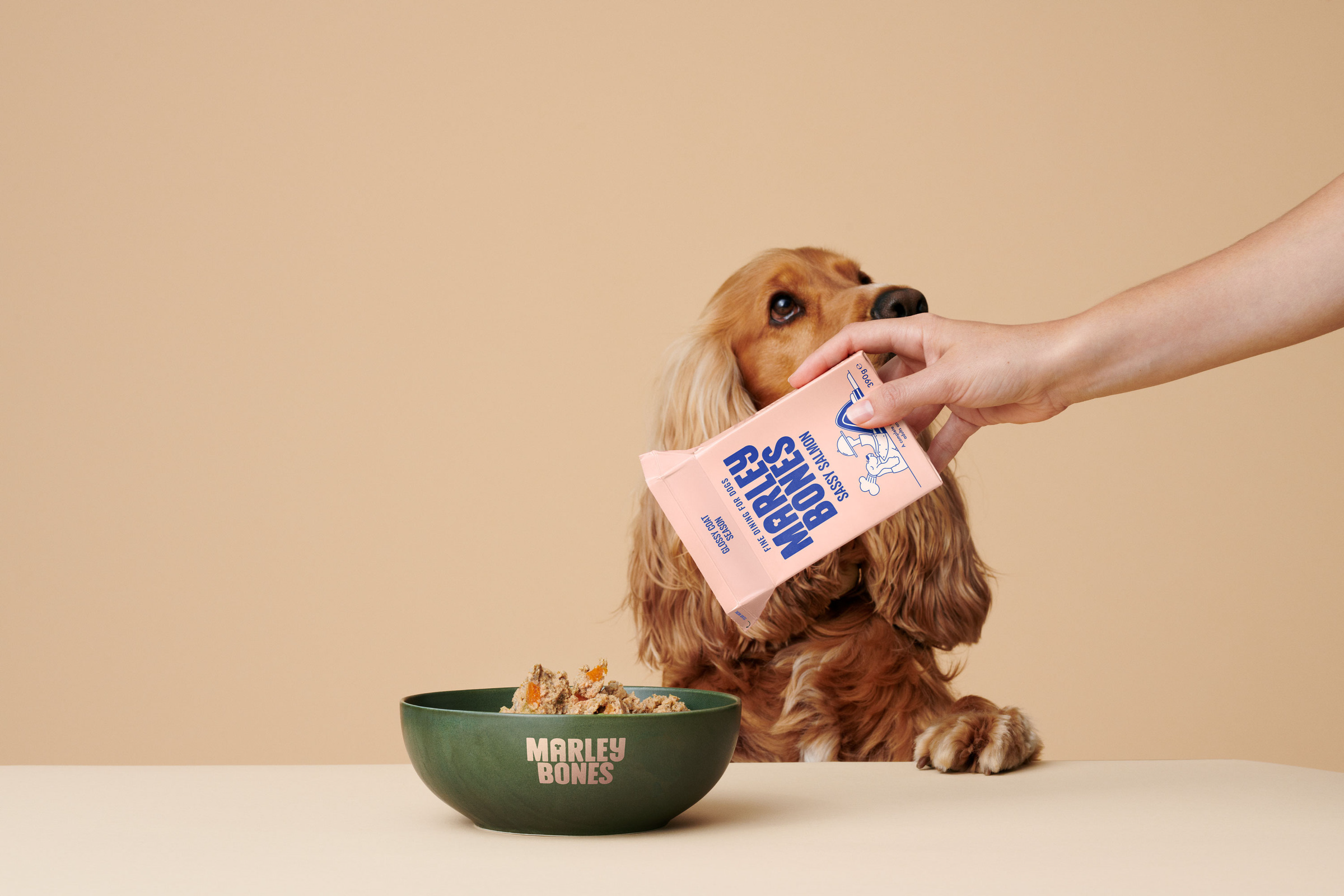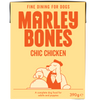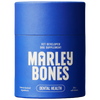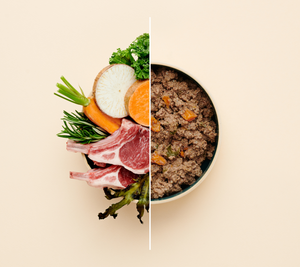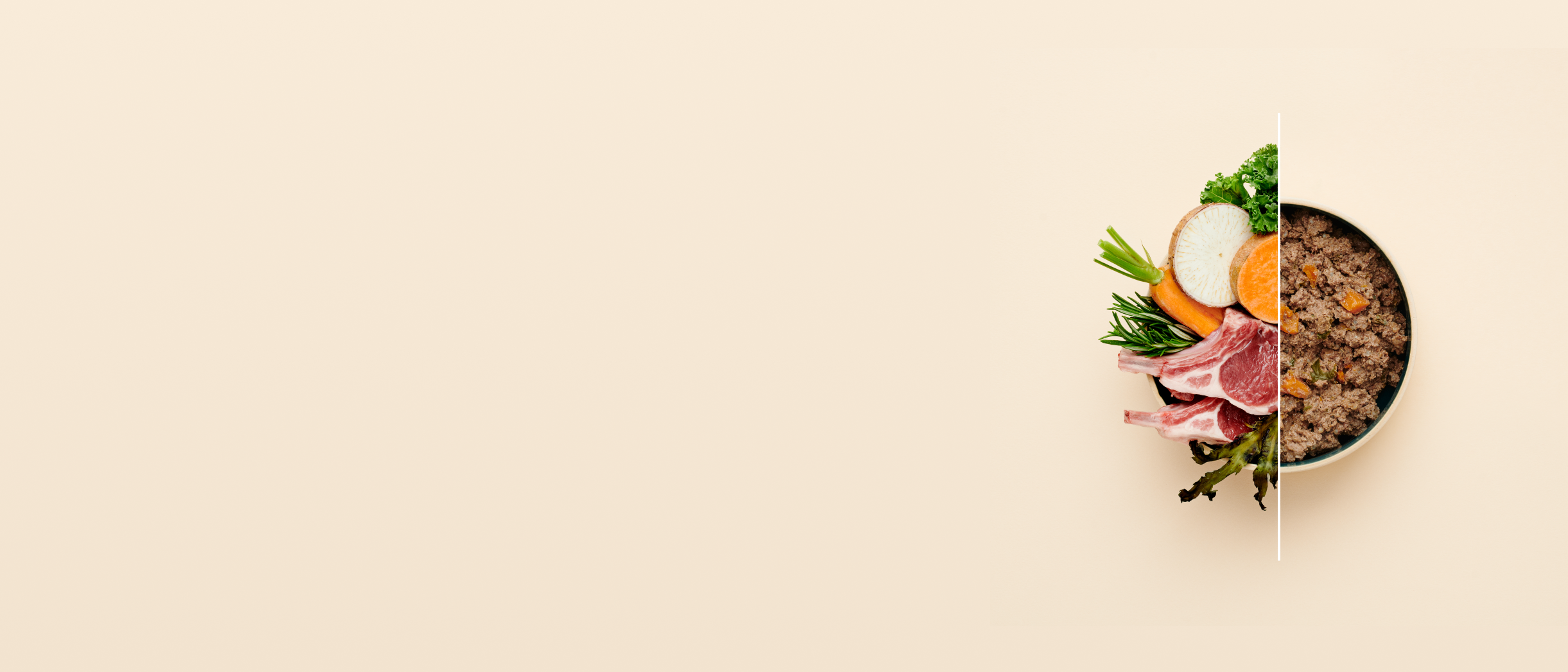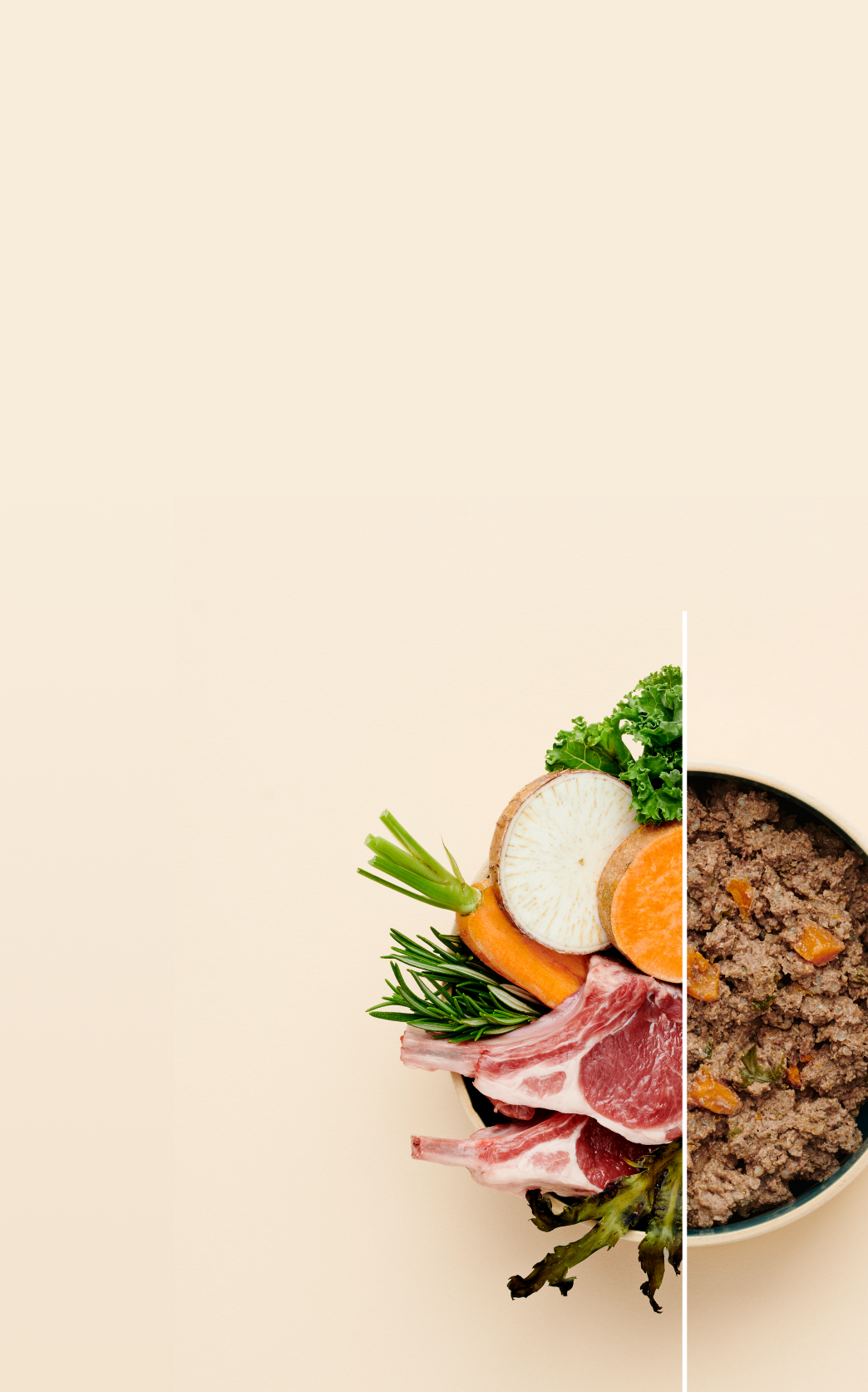Can My Dog Eat Honey? The Sweet Truth
We get asked this a lot: “Can I give my dog honey?” The short answer? Yes, you can - but only a little, and not for every dog.
Honey has some lovely natural benefits, from soothing sore tummies to helping with seasonal sniffles. But it’s also packed with sugar, so it needs to be handled with care. Let’s take a closer look at when it’s okay, when it’s not, and how to serve it safely.
So... Can Dogs Eat Honey?
Yes, dogs can eat honey - but think of it as an occasional treat, not something for every day.
Honey is natural, sure, but it’s still a form of sugar. For most healthy adult dogs, a small amount now and again can be fine. But if your pup has diabetes, struggles with their weight, or is still very young, it’s best to avoid it altogether (always check with your vet if you’re unsure).
Why You Might Give Your Dog Honey
Honey isn’t just sweet - it has a few lovely natural perks too. Raw honey contains antioxidants and enzymes that can support digestion and immune health. Some people even use a bit of local honey to help dogs with seasonal allergies (though the science is still catching up).
It can also be soothing for dogs with sore throats or minor skin wounds. In fact, a little dab of honey can help keep cuts clean and moist while they heal - nature’s own healing balm.

But, There Are Some Risks Too
Here’s where you need to be careful.
Because honey is so high in sugar, too much of it can lead to weight gain or upset tummies. Raw honey can also carry tiny traces of bacteria, like botulism spores - which aren't a big deal for healthy adults, but can be risky for puppies or dogs with weaker immune systems.
And if your dog is diabetic, honey is a definite no-go.
How Much Honey is Okay?
Less is more here.
- For small dogs, no more than ½ teaspoon
- For medium to large dogs, up to 1 teaspoon is enough
Start small and see how your dog reacts. You don’t need to give it daily - think of it like a little boost now and then, not a cupboard staple.
What Type of Honey is Best?
Stick to raw, unpasteurised honey - it’s the one that still has all the good stuff inside. If you want something a little fancier, manuka honey has extra antibacterial properties and can be great for skin.
Avoid anything processed, flavoured, or full of additives (especially if it says sugar-free - it might contain xylitol, which is toxic to dogs!).
The Final Woof
Honey can be a helpful little addition to your dog’s diet - as long as it’s given carefully. If your pup has a sore throat, a patch of dry skin, or you’re trying something new to help with seasonal allergies, a small lick of honey might do the trick.
But it’s not for every dog, and not every day. So go gently, watch how they respond, and if in doubt - check in with your vet.


